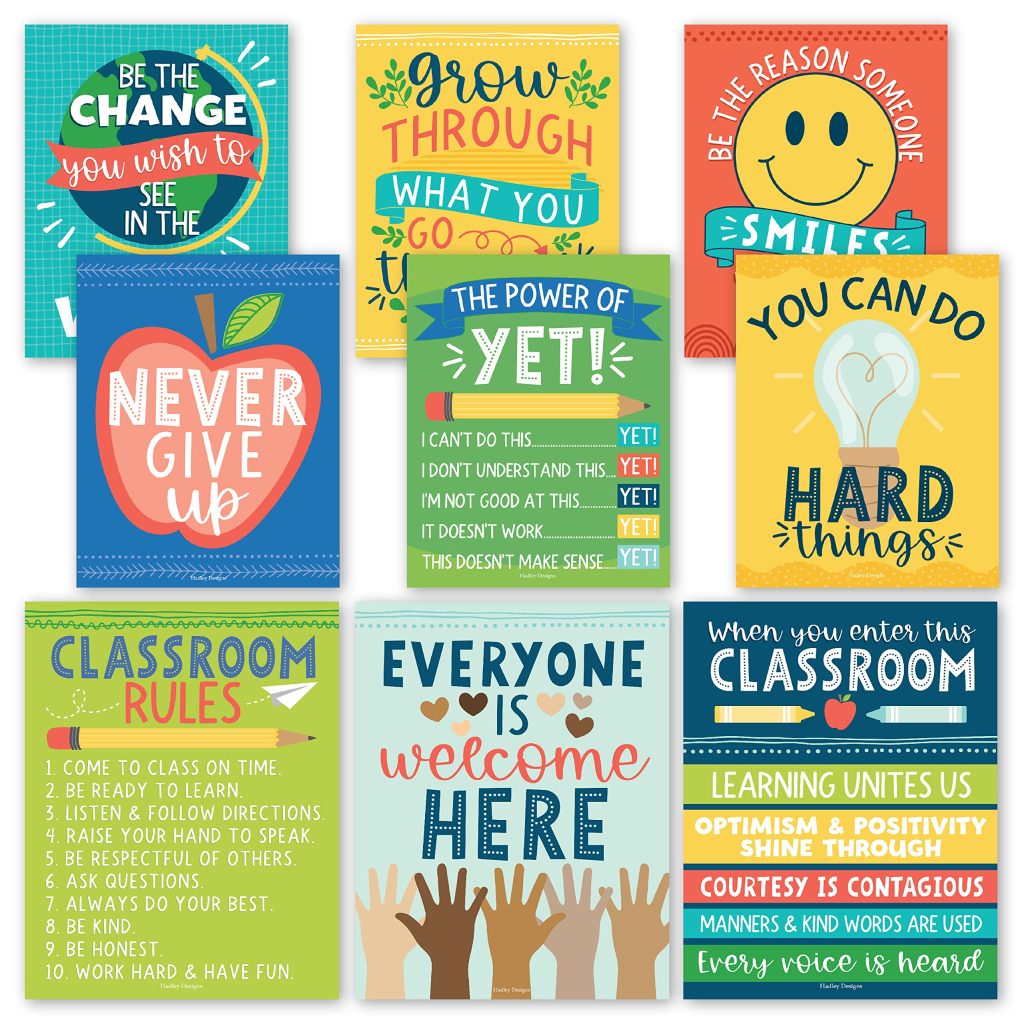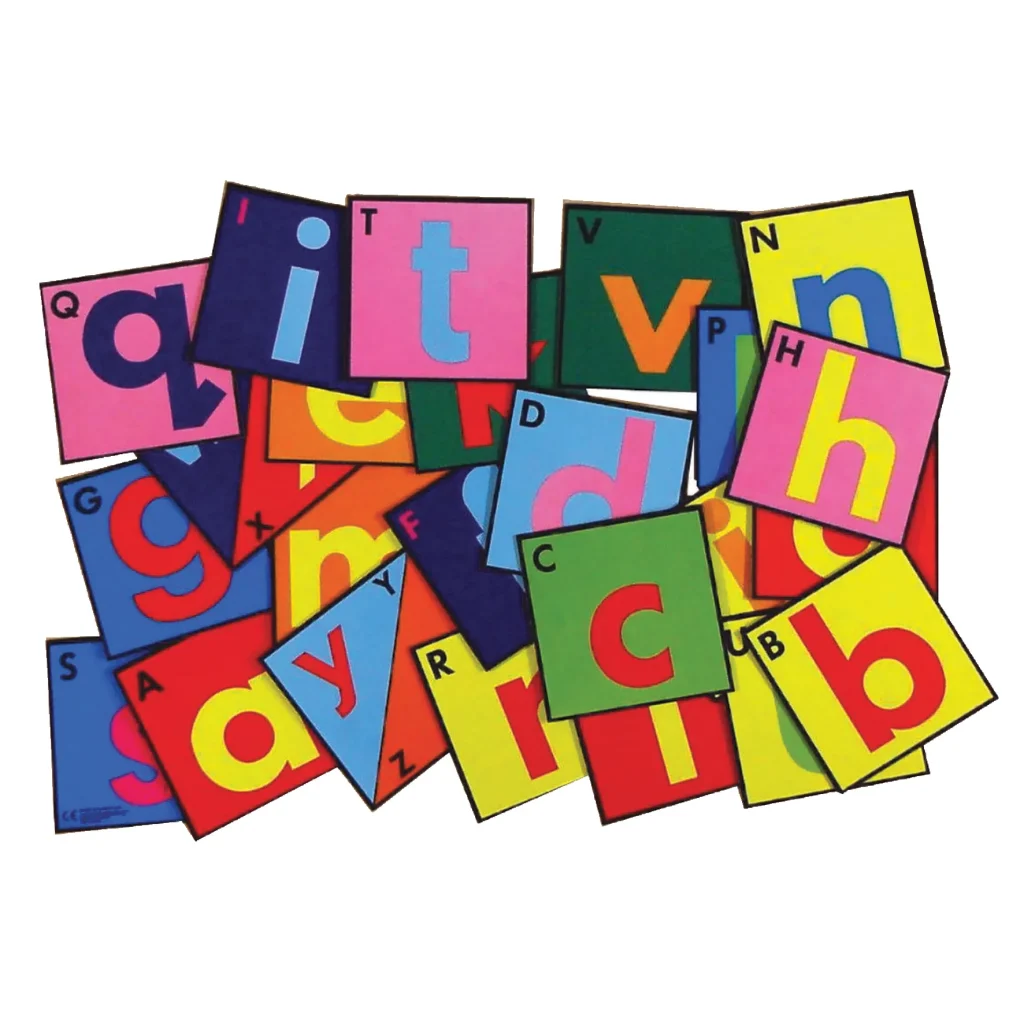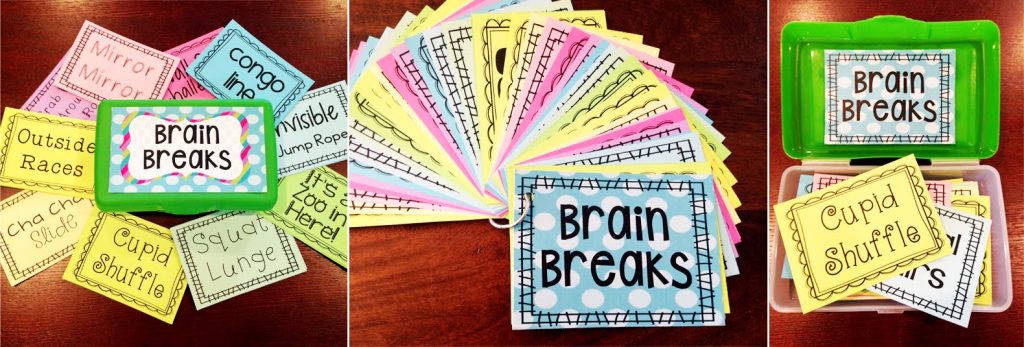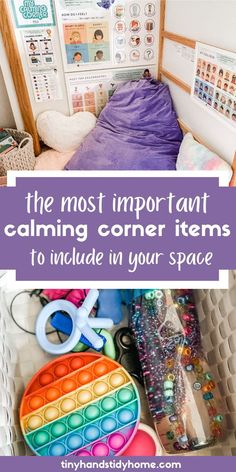Introduction:
March Madness is an exciting time of the year for sports enthusiasts and basketball fans alike. But did you know that this tournament can also be a great source of inspiration for the classroom? In this article, we will explore some creative and educational March Madness ideas to engage your students and make learning fun. Whether you’re a teacher or a homeschooling parent, these activities will add a touch of excitement to your lessons.
1. Bracket Challenge:
Just like in the NCAA tournament, create a class bracket challenge where students predict the winners of each game. Encourage critical thinking and analysis as students defend their choices based on stats and team performance. This activity not only promotes friendly competition but also enhances data interpretation and decision-making skills.
2. Research Team Mascots:
Assign each student a team participating in March Madness and have them research the origin and meaning behind the team’s mascot. This activity combines research skills with creativity as students present their findings through written reports or presentations. It’s a great opportunity to delve into the history and symbolism associated with various team mascots.
3. Math Madness:
Incorporate math skills into the tournament by analyzing player and team statistics. Students can calculate shooting percentages, rebounds, assists, and more. Additionally, they can practice fractions, decimals, and percentages by calculating scores and comparing team performance. This hands-on approach to math makes learning more engaging and relatable.
4. Writing Prompts:
Use March Madness as a writing prompt for creative storytelling. Students can create their own team, complete with a backstory, roster, and game strategies. Encourage descriptive writing and imaginative narratives as they bring their teams to life on paper. This activity fosters language skills and sparks creativity in young minds.
5. Poetry Slam:
Host a March Madness poetry slam where students compose basketball-themed poems. From sonnets to haikus, students can explore different poetic forms while expressing their love for the game. This activity promotes self-expression, rhythm, and figurative language skills. Who knows, you might discover the next great basketball poet in your classroom!
6. Final Four Presentations:
Divide the class into groups, with each group representing one of the Final Four teams. Encourage students to research the teams, their strengths, and weaknesses, and present their findings to the class. This activity enhances teamwork, public speaking, and research skills. It also builds excitement and anticipation for the Final Four games.
Conclusion:
March Madness offers a unique opportunity to combine sports enthusiasm with educational activities in the classroom. By incorporating these March Madness ideas into your lessons, you can engage your students, foster critical thinking, and make learning a slam dunk. So get ready to tip off your March Madness-inspired lessons and watch your students score big on their educational journey!











